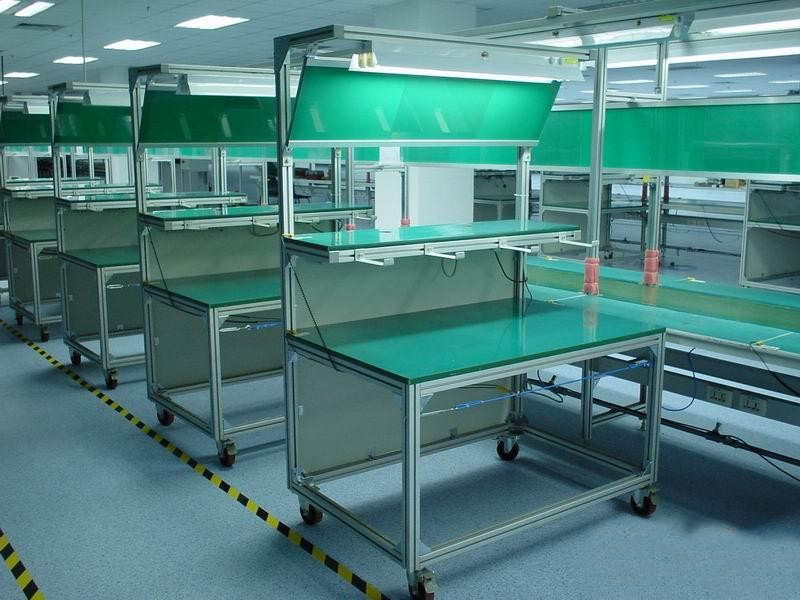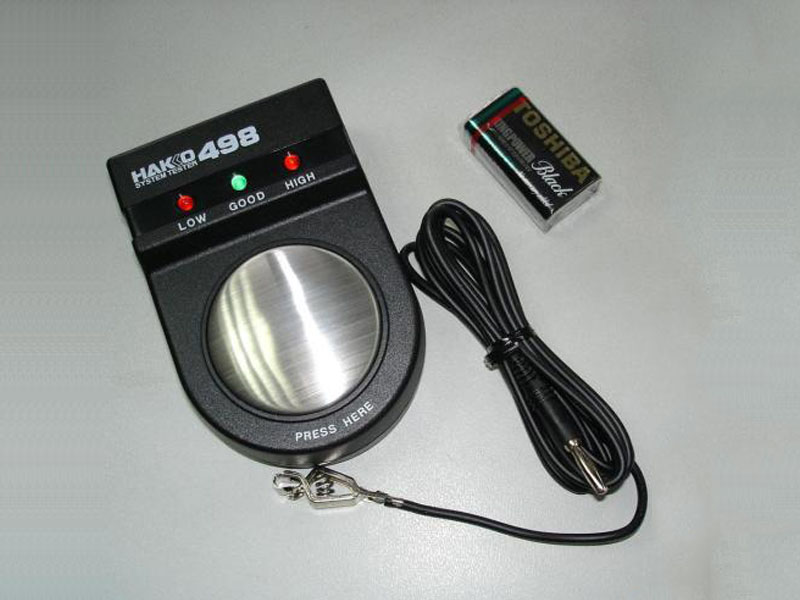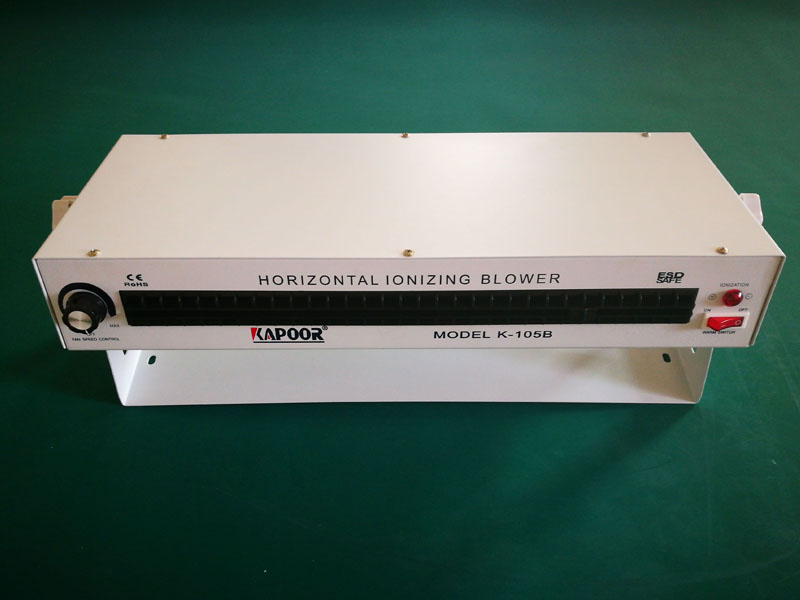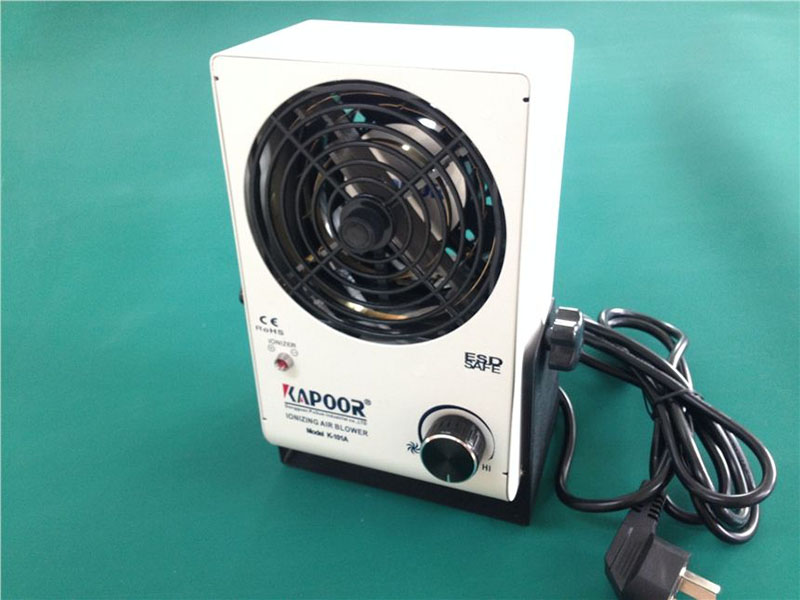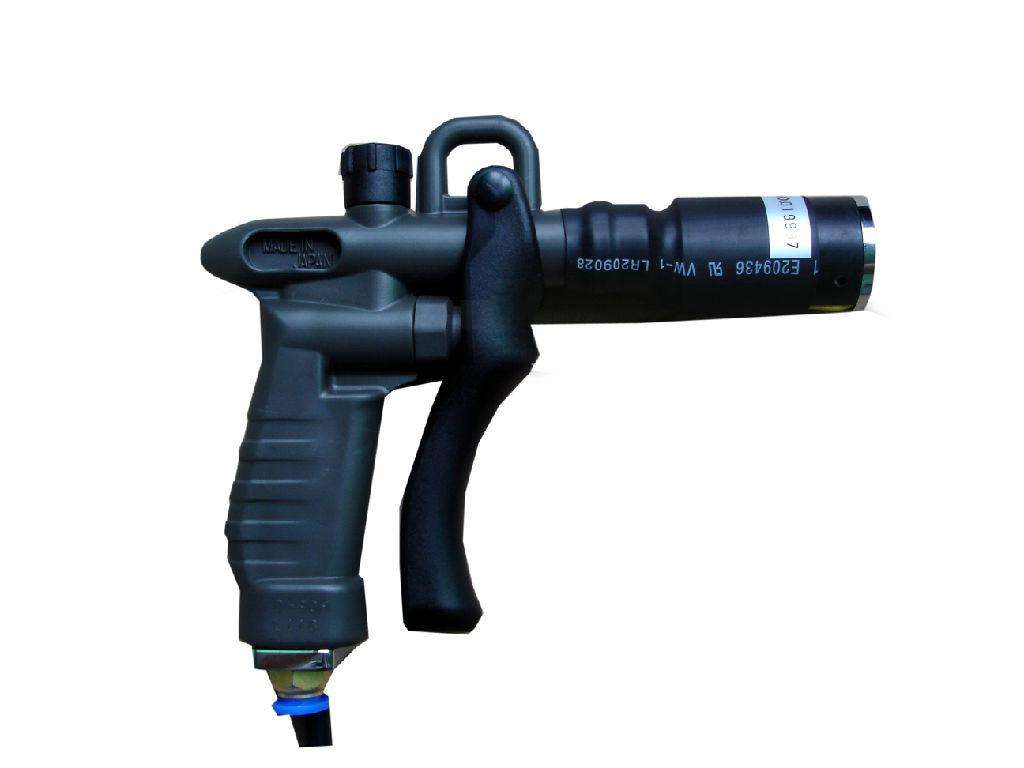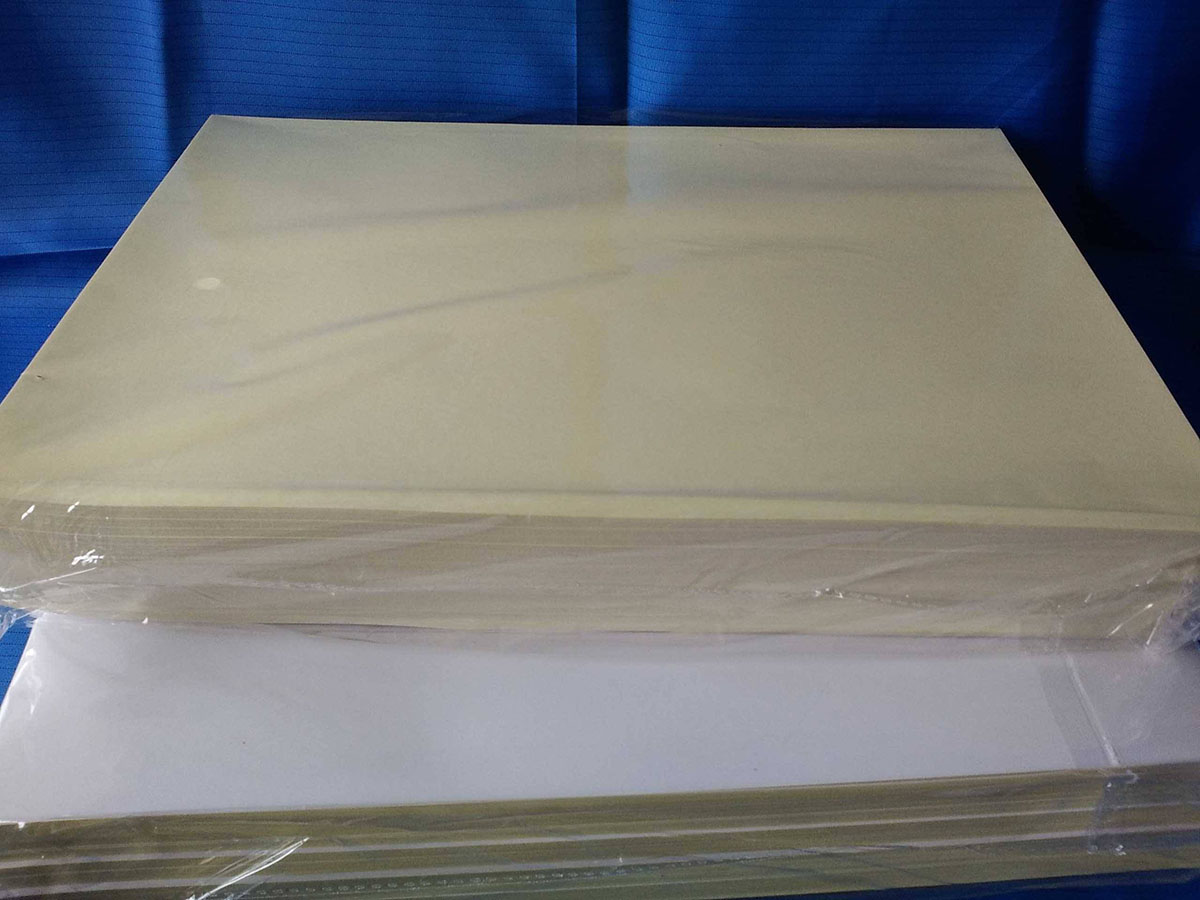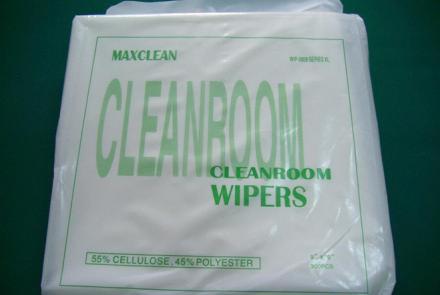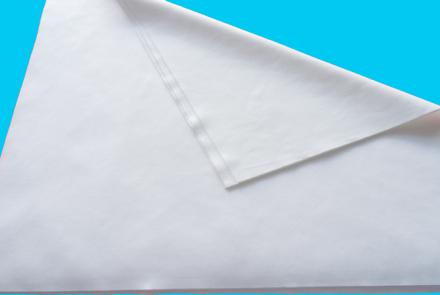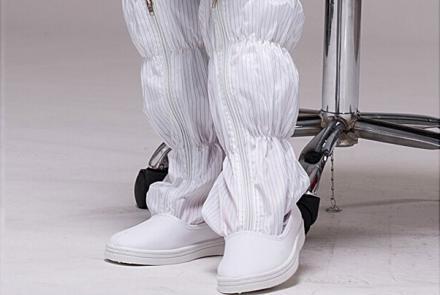Medical masks
Medical masks consist of masks and earbands. The masks are divided into inner, middle and outer layers. The inner layer is skin-friendly material (common sanitary gauze or non-woven fabric) and the middle layer is an isolation filter layer (melt-blown ultra-fine polypropylene fiber Material layer), the outer layer is a special material antibacterial layer (non-woven fabric or ultra-thin polypropylene meltblown material layer). The main production process includes meltblown, spunbond, hot air or acupuncture, etc. It is equivalent to resisting liquids, filtering particulate matter and bacteria, and is a medical protective textile.

Medical protective mask
Medical protective mask is suitable for the protection of airborne respiratory infectious diseases by medical personnel and related staff. It is a kind of self-adhesive filtering medical protective equipment with high protection level, especially suitable for contact with airborne transmission during diagnosis Or wear it for patients with respiratory infections that are transmitted by droplets at close range. It can filter the particles in the air and block droplets, blood, body fluids, secretion droplets, etc. It is a disposable product. Medical protective masks can prevent most bacteria, viruses and other pathogens. WHO recommends that medical personnel use protective masks against particulate matter to prevent virus infection in the hospital air.
1) Filtration efficiency: Under the condition of air flow rate (85 ± 2) L / min, the filtration efficiency of aerodynamic diameter (0.24 ± 0.06) μm sodium chloride aerosol is not less than 95%, which is in line with N95 (or FFP2) and above. Can block airborne infection factors <5μm in diameter or close contact with droplet-borne infection factors.
2) Inspiratory resistance: Under the above flow conditions, the inspiratory resistance does not exceed 343.2Pa (35mmH2O).
3) The sample sprayed to the mask under the pressure of 10.9Kpa (80mmHg) should not have any technical indicators such as penetration inside the mask.
4) The mask must be equipped with a nose clip. The nose clip is made of a flexible plastic material with a length of> 8.5cm.
5) The synthetic blood is sprayed on the mask sample at a pressure of 10.7kPa (80mmHg), and the inside of the mask should not penetrate.
Medical surgical mask
Medical surgical masks are suitable for the basic protection of medical personnel or related personnel, as well as the protection against blood, body fluids and splashes during the operation. The protection level is medium and it has certain respiratory protection performance. It is mainly worn in a clean environment with a cleanliness of less than 100,000, operating in the operating room, nursing patients with low immune function, and performing body cavity puncture. Medical surgical masks can block most bacteria and some viruses, prevent medical staff from being infected, and prevent direct discharge of microorganisms carried by medical staff, which poses a threat to patients undergoing surgery. Medical surgical masks require a filtration efficiency of more than 95% for bacteria. For suspicious respiratory patients, disposable medical surgical masks should also be dispensed to prevent the threat of infection to other hospital personnel and reduce the risk of cross infection, but to avoid infections that are less effective than medical protective masks.
1) Filtration efficiency: Under the condition of air flow (30 ± 2) L / min, the filtration efficiency for aerodynamic diameter (0.24 ± 0.06) μm sodium chloride aerosol is not less than 30%.
2) Bacterial filtration efficiency: Under specified conditions, the filtration efficiency of Staphylococcus aureus aerosols with an average particle diameter of (3 ± 0.3) μm is not less than 95%; the filtration rate of bacteria should be ≥95%; The filtration rate should be ≥30%.
3) Breathing resistance: In the condition of filtration efficiency and flow rate, the inhalation resistance does not exceed 49Pa, and the exhalation resistance does not exceed 29.4Pa. When the pressure difference △ P for gas exchange on both sides of the mask is 49Pa / cm, the gas flow rate should be ≥264mm / s.
4) Nose clips and ear straps: Nose clips should be provided on the mask, the nose clips are made of plasticity material, and the length of the nose clips should be greater than 8.0cm. The earband should be convenient to wear, and the breaking strength at the connection point between each earband and the mask body should be greater than 10N.
5) Synthetic blood penetration: After 2ml of synthetic blood is sprayed on the outer side of the mask at a pressure of 16.0kPa (120mmHg), the inner side of the mask should not penetrate.
6) Flame retardant performance: Non-flammable materials should be used for mask materials, and the mask will burn for less than 5s after leaving the flame.
7) Residual ethylene oxide: Residual ethylene oxide masks should be less than 10 μg / g.
8) Skin irritation: The primary irritation index of the mask material should be ≤0.4, and there should be no allergic reaction.
9) Microbiological indicators: The total number of bacterial colonies is ≤20CFU / g. Coliform bacteria, Pseudomonas aeruginosa, Staphylococcus aureus, hemolytic streptococcus and fungi shall not be detected.

General medical mask
Ordinary medical masks are used to block the spray from the mouth and nasal cavity. They can be used for disposable sanitary care in the ordinary medical environment with the lowest protection level. Suitable for general health care activities, such as sanitary cleaning, dosing, cleaning bed units, etc., or the blocking or protection of particles other than pathogenic microorganisms such as pollen.
Generally lacks filtration efficiency requirements for particles and bacteria, or the filtration efficiency requirements for particles and bacteria are lower than those of medical surgical masks and medical protective masks, which only achieve a protection effect of 20.0% -25.0% for aerosols with a diameter of 0.3 μm, which is not enough The filtration efficiency of particles and bacteria cannot effectively prevent pathogens from invading through the respiratory tract, cannot be used for clinical invasive operations, and It also cannot protect against particles and bacterial viruses.Only limited to a certain degree of mechanical barrier to dust particles or aerosol.
Usage method
1. Cover the mouth and nose carefully with a mask and fasten it to minimize the gap between the face and the mask;
2. Avoid touching the mask during use-after touching the used mask, for example, to remove or wash the mask, wash your hands with soap and water or alcohol hand soap;
3. After the mask is wet or contaminated with moisture, put on a new clean and dry mask;
4. Do not reuse disposable masks, disposable masks should be discarded after each use.


